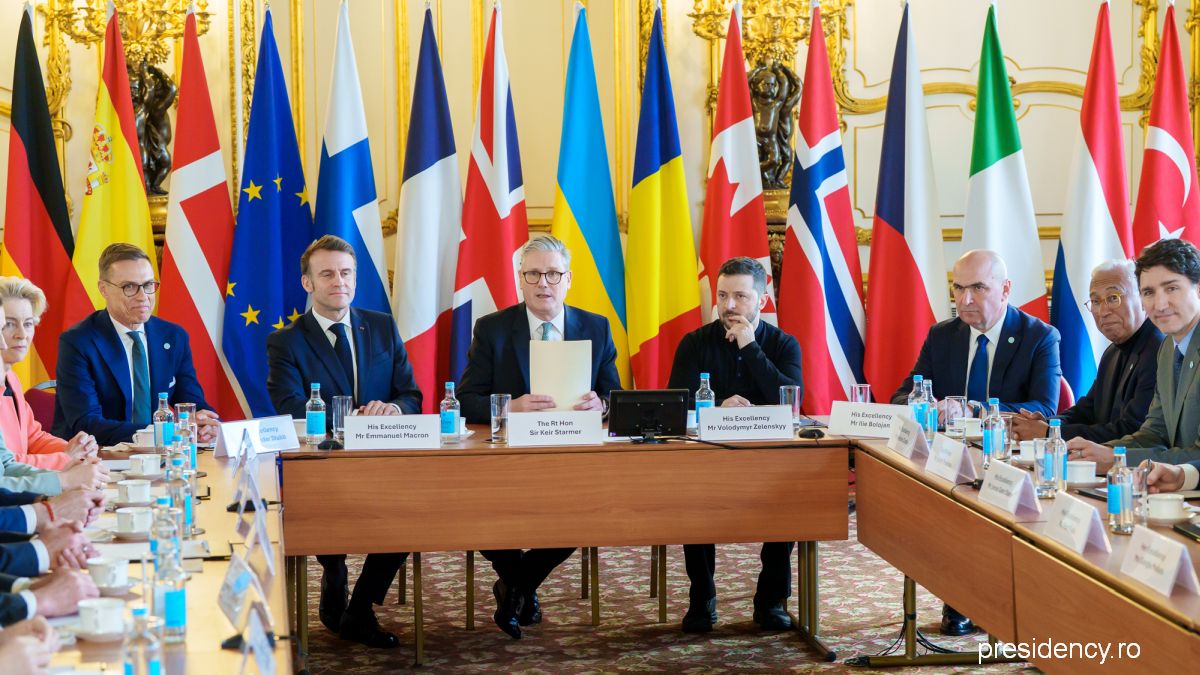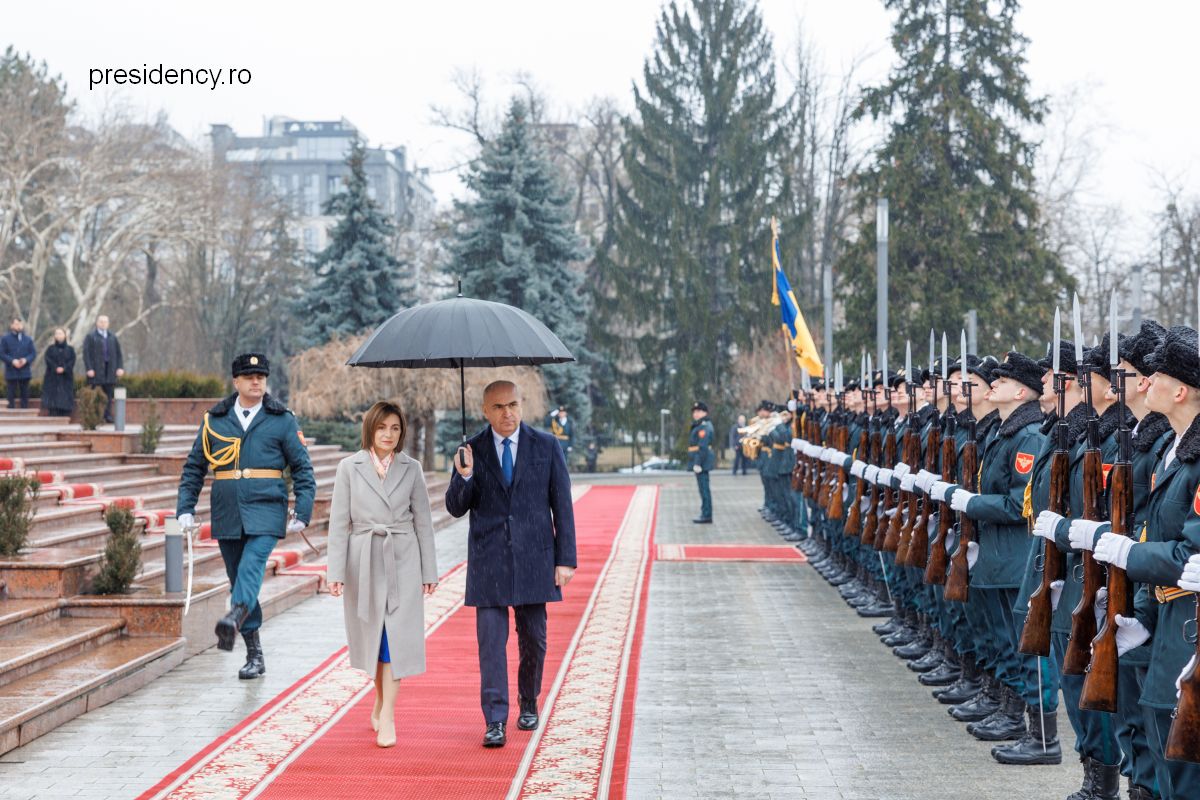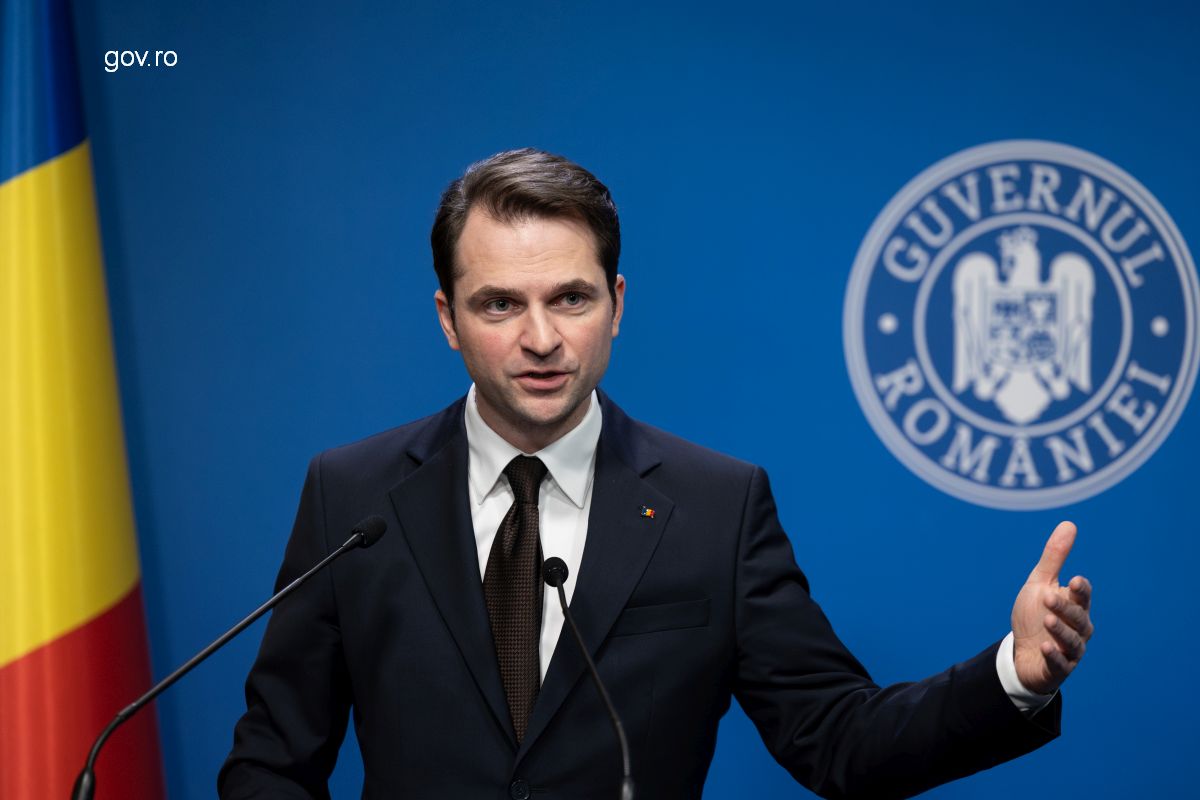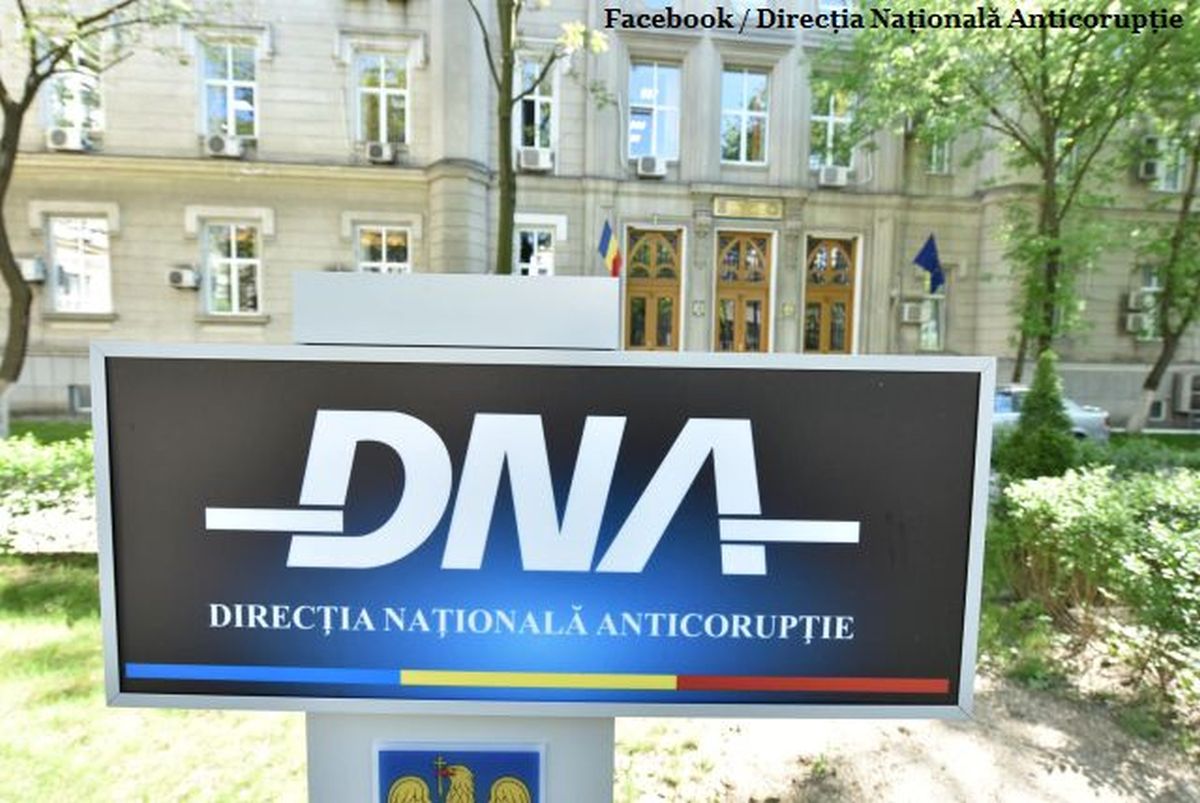From a multinational brigade to the provisioning of the army
Romania seeks to establish a multinational brigade on its territory.
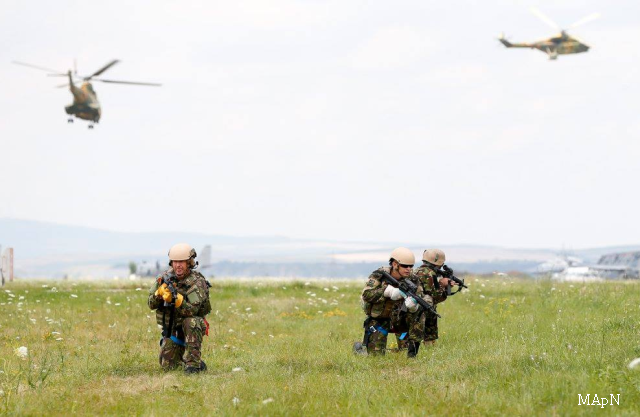
Roxana Vasile, 29.07.2016, 12:59
Romania’s
Supreme Defence Council agreed earlier this week to set up an
inter-institutional working group for the creation of a multinational NATO
brigade in Romania. This a complicated process and involves, among others,
ensuring the proper conditions, in keeping with allied standards, for receiving
foreign soldiers, as well as intense military and diplomatic talks. At least
six NATO allies have responded favourably, but no concrete action has been
taken. What is known so far is that Poland will send a company and Bulgaria
around 400 soldiers. Romania’s defence minister Mihnea Motos provided some
additional information on Thursday:
The new
multinational brigade will be based around an existing Romanian brigade. I
cannot reveal where this is located, but it exists. Moreover, it is training at
a high level in keeping with NATO standards and is equipped with modern combat
technology. The brigade has more than 3,000 soldiers.
As stated by
president Klaus Iohannis, the authorities in Bucharest have ambitious plans and
the date proposed by the Romanian military for the creation of the
multinational brigade is March or April next year. The NATO concept for
advanced security on its eastern flank, which was recently agreed on in Warsaw
and which directly affects Romania, also provides for the consolidation of
allied sea and air presence in the Black Sea area. The recognition of the Black
Sea’s increased strategic importance is a first, says Romania’s foreign
minister Lazar Comanescu:
It is for the
first time that the Baltic Sea, the North Atlantic area and the Black Sea are
given the same treatment as areas of strategic importance for the security of
the entire Alliance.
Aware of the
need to tighten security in this extremely complicated geo-political climate,
Romania will continue efforts to provide funding for its army. It plans, for
example, to allocate 2% of its GDP to defence by 2017 and maintain this level
of funding for the following ten years. Almost a third of these funds are
allocated this year to the provisioning and modernisation of the army. A considerable
amount of money will be poured into the naval forces, in particular the
modernisation of Romania’s two frigates and the possible purchase of multi-role
corvettes. There are also plans to launch a number of agreements on the
purchase of different types of vehicles for the land forces, while continuing
efforts to provide the latter with high-performing IT and communications
systems.

